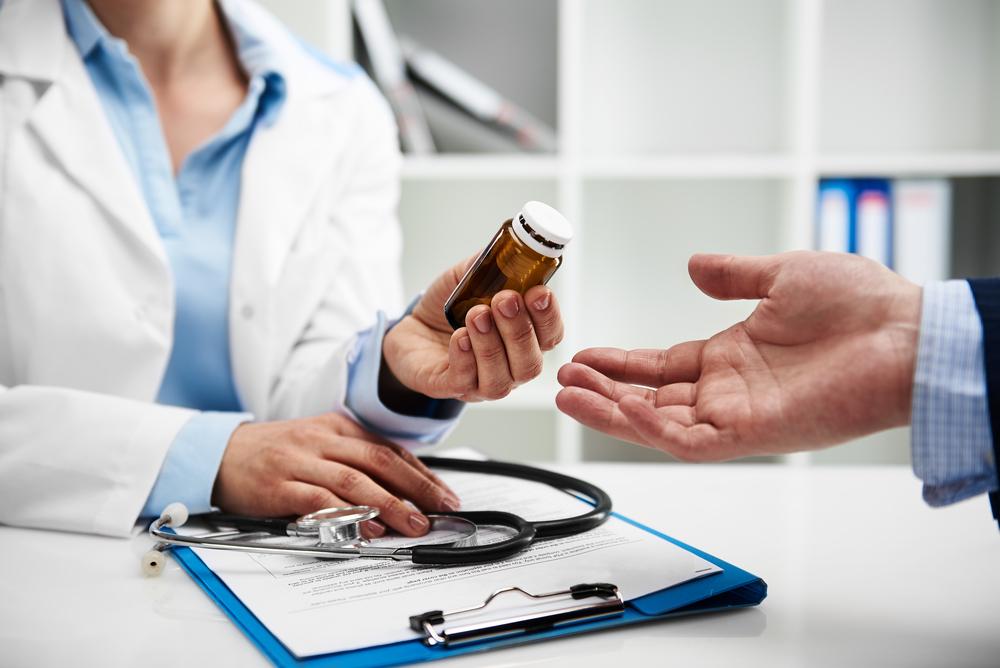An Overview Of Hemophilia- Diagnosis, Treatment, And Prevention
An overview of hemophilia- Diagnosis, treatment, and prevention
Normally, a process in the body known as “the coagulation cascade” helps in stopping the bleeding when one gets hurt. The blood platelets gather together at the wound site to form a clot. Then the clotting factors in the body work together to create a permanent plug in the wound.

How is hemophilia diagnosed?
Medical history and blood tests are the primary factors in diagnosing hemophilia. A small blood sample is taken from the vein and the amount of the clotting factor present is measured. Then the sample is graded in order to determine the severity of the factor deficiency:
- If the clotting factor in the plasma lies between 5 and 40 percent, it is mild hemophilia.
- If the clotting factor in the plasma lies between 1 and 5 percent, it is moderate hemophilia.
- If the clotting factor in the plasma is less than 1 percent, then it is the case of severe hemophilia.
When to see a doctor?
If one is experiencing the following symptoms, then it is a case of a medical emergency. It is important to get treatment right away for any of these signs and symptoms:
- Having a severe headache
- Repeated vomiting
- Neck pain
- Blurred or doubled vision
- Extreme sleepiness
- Excessive and continuous bleeding from an injury
If a woman is pregnant and is experiencing the above symptoms, it is very important that she visits her doctor as soon as possible.
What are the therapies to treat hemophilia?
- Replacement therapy – Replacement therapy can be used in the treatment of Hemophilia. In this therapy clotting factors that are missing or too low in a patient are given or replaced. The clotting factors that are required in replacement therapy can be derived from human blood or can be synthetically produced in a laboratory. The synthetically produced factors are called recombinant clotting factors. Treatment using recombinant clotting factors is now taken into consideration as the treatment of choice as it further reduces the risk of transmitting infections that are carried through human blood. The clotting factors can be received by patients through an injection or intravenously.
- Prophylactic therapy – Some patients may need regular replacement therapy in order to prevent bleeding, which is called prophylactic therapy. Prophylactic therapy is typically recommended for people with severe forms of Hemophilia A.
- Demand therapy – Sometimes an individual may receive demand therapy treatment, which is a therapy that is given only after the bleeding begins and remains uncontrollable.
- Other therapies – Some other therapies for hemophilia include clot-preserving medications like anti-fibrinolytic that help in preventing clots from breaking down; a medication that is usually used in dental therapy, named Fibrin sealants, is applied directly to the wound sites to promote clotting and healing. Immunization against hepatitis A and B is also considered to be given to individuals suffering from hemophilia.
How to prevent hemophilia?
There is no cure for hemophilia, but there are certain ways to reduce the risk of excessive bleeding and to protect the joints which include:
- Regular exercising
- Avoiding certain medication like blood thinners, such as aspirin, nonsteroidal anti-inflammatory drugs (NSAIDs), and heparin.
- Maintaining dental hygiene.
- Regularly receiving injections of an engineered variety for clotting factor VIII for hemophilia A or IX for hemophilia B, as a preventive treatment.











